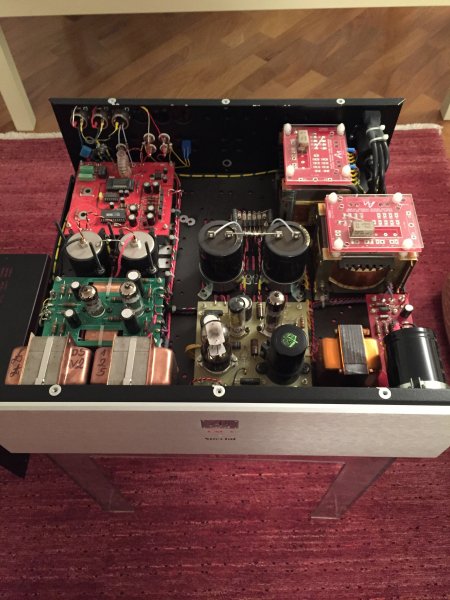A question for all GG owners here. Do you use a separate preamp in combination with the GG? What made you decide to use a separate preamp? Or the preamp functionality of the GG with volume control? Sablon Audio already informed me how the volume control works (thanks!). I am trying to make up my mind wether I should go with a GG with volume control, while I currently use an old but still well functioning Classe Omega Pre MKII...
Reasons I can think of are less interconnects, one power cable less, more space in my rack. On the other hand, with my previous DAC (dCS Paganini) the addition of the Classe was well worth it.
A customer of mine has the Lampi GG with a volume control and he tried his system (*) with/without the Aries Cerat Impera II preamp and he clearly and immediately recognized the value of the Impera so he has one on order now. Next test may be putting his GG next to the Aries Kassandra...
Even on a personal note, I used to have the Totaldac Twelve and it was definitely better with the Aries Cerat preamp.
(*) same customer previously replaced, with a decision taken after just a few seconds of listening, the Lampizator monoblock amps with the Aries Cerat Concero 65 amplifiers



